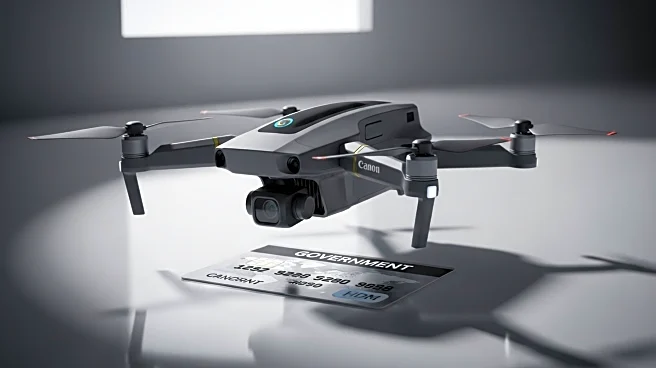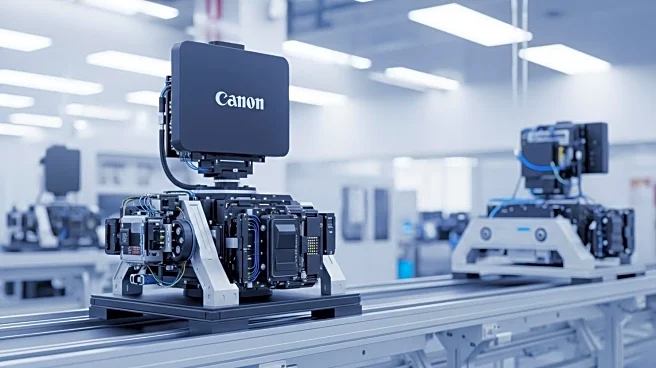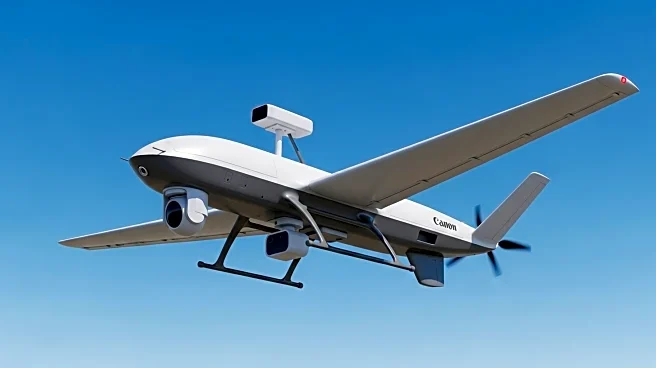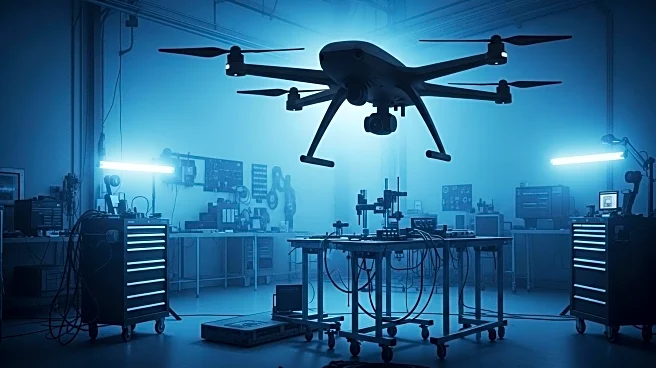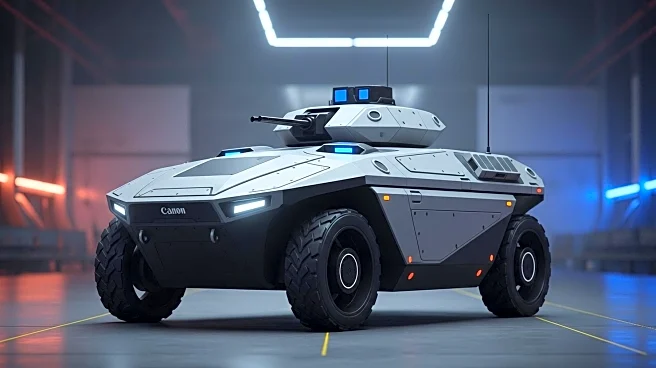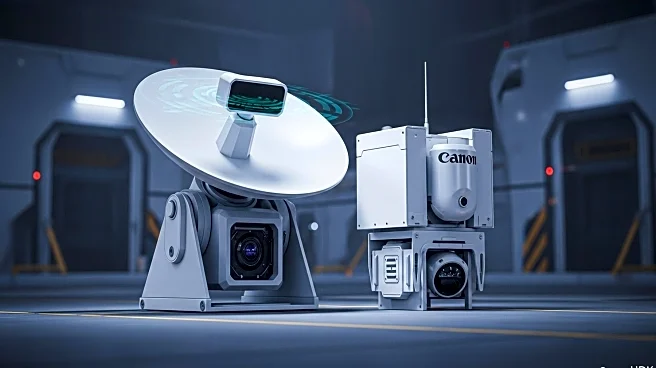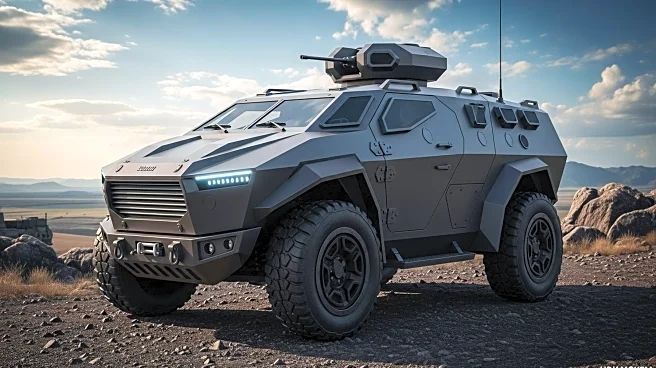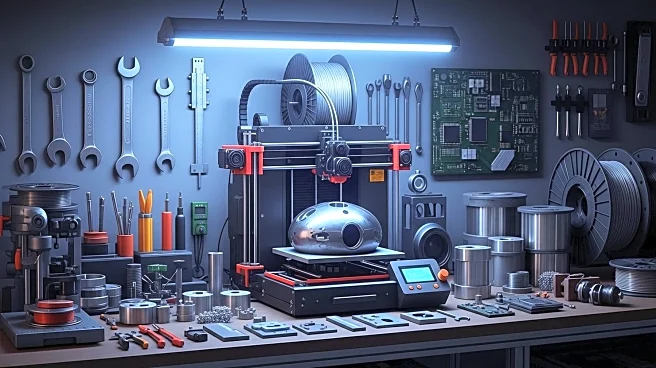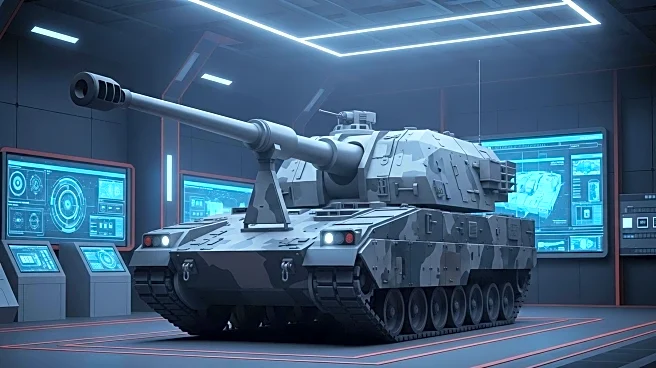What's Happening?
MBDA Italy has introduced the Harpax family of loitering munitions at the Seafuture 2025 expo in La Spezia, Italy. The Harpax series includes two configurations: the Harpax Mini and Harpax Small. The Harpax Mini is a quadcopter design with a maximum take-off weight of 2.5 kg, including a 500 g warhead. It features vertical take-off and landing capabilities, a 20-minute endurance, and a 5 km operational range. The Harpax Small, on the other hand, is tube-launched with collapsible wings, a 25-minute endurance, and a 15 km range. It carries a 1.5 kg warhead and has a maximum take-off weight of 8 kg. Both models are equipped with electro-optical cameras and can be controlled autonomously or via first-person view flight modes. The Harpax Small can also be fitted with alternative payloads, such as a radio frequency jammer.
Why It's Important?
The unveiling of the Harpax loitering munitions is significant as it addresses the growing need for advanced military technology capable of countering hidden threats while minimizing collateral damage. These munitions are designed to meet the operational requirements of the Italian Army, with potential applications for the Italian Navy and Air Force. The development of such technology reflects the increasing importance of precision and adaptability in modern warfare, particularly in environments where traditional methods may be less effective. The ability to swap payloads, such as radio frequency jammers, further enhances the versatility of these munitions, making them valuable assets in electronic warfare scenarios.
What's Next?
The introduction of the Harpax munitions may lead to further collaborations between MBDA Italy and other defense sectors, potentially expanding their use beyond Italian military forces. As the technology is adopted, it could influence the development of similar systems by other countries, driving innovation in loitering munitions and electronic warfare capabilities. The focus on minimizing collateral damage and enhancing lethal capabilities may also prompt discussions on ethical considerations in the deployment of such technology.
Beyond the Headlines
The Harpax munitions highlight the ongoing evolution of military technology towards more autonomous and adaptable systems. This shift raises questions about the future of warfare, particularly regarding the balance between human control and machine autonomy. As these technologies become more prevalent, there may be increased scrutiny on their ethical implications, including the potential for misuse or unintended consequences in conflict zones.

